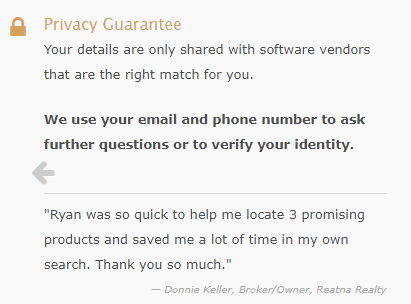To text or not to text - that is the question.
 With email and texting being the main forms of communication nowadays, it may become difficult to determine what is acceptable and what is not when technologically communicating with a client. Everything has become so informal, and it is natural to use acronyms, slang, lack of punctuation, Emojis, etc., when communicating with friends and family – but the same may not come off as very professional when communicating with clients.
With email and texting being the main forms of communication nowadays, it may become difficult to determine what is acceptable and what is not when technologically communicating with a client. Everything has become so informal, and it is natural to use acronyms, slang, lack of punctuation, Emojis, etc., when communicating with friends and family – but the same may not come off as very professional when communicating with clients.
Know your audience.
When communicating with your clients, it is a good rule of thumb to simply know who you are talking to. A younger client may not mind if you text them before a meeting, clarifying that you are still okay to “Meet in office @ 3:30?” – but an older client might. It makes sense to stick strictly to email, at least in the beginning, before you get to know the personality of a client. Email is always more professional than texting, even if a text is more immediate.
When is it okay to text instead of email?
As stated, texting is more immediate – if you have something important to tell a client, it would be read quicker if sent as a text. For example, if you have your client’s cell phone number, and you have their permission to contact them at that number, then sending them a quick text if you have to cancel or reschedule a meeting at the last minute would be acceptable. You could even send it in conjunction with an email, and state in the text message that you are sending both, in order to ensure that they receive the message. However, this should only be done if for some reason you are unavailable to call them, or if you have already tried and they didn’t answer. Leaving a voicemail is also acceptable.
When does it cross the line?
Scheduling meetings or relaying important information should never be sent over text message – it does not look professional on your part or on the company as a whole. Sending an excessive amount of texts, or calling too much, will come across as irritating to a client – especially if they do not answer the first time. Email is always a safe medium of communication, unless it is information that would be better spoken over the phone. Keep texting for emergencies or small information that may need to be viewed quickly.




 Where do we send your free Great Agent demo?
Where do we send your free Great Agent demo?





 We just need some facts about your organization:
We just need some facts about your organization:
COMMENTS